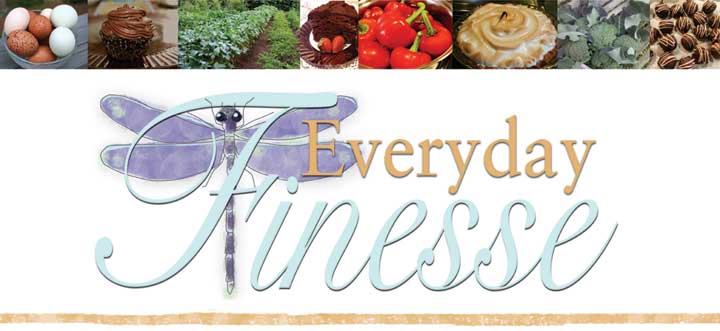When we arrived at the greenhouse, we were surrounded by plants the Coweta Master Gardeners were growing for their upcoming plant sale in April. Sitting before me were all the items needed for propagating a variety of softwood cuttings. The plastic pots were sitting in front of me all filled with moist potting mix (soil, peat and vermiculite) though the potting mix really didn't matter, the rooting process needs sterile soil but not necessarily rich soil with fertilizer.
Also a dibble, pruning scissors, practice branches (privet limbs) and rooting hormone were all sitting there, waiting for us to learn to root new plants from cuttings.
We learned that there were several kinds of plants to root but we would concentrating on dormant softwood cuttings and began practicing making diagonal cuts, heel cuts and mallet cuts on different kinds of plants. We learned to cut below. We used forsythia (yellow bells), butterfly roses and two kinds of hydrangeas. We then learned to score (scar or wound) the bottom of the plant, dip it in root hormone and push it into the hole in the soil, created by our dibbles.
We then placed our potentially rooted plants into a mini greenhouse--in this case a clear plastic container but other things like a plastic bag or a milk jug would work, too. We were given explicit instructions to leave the mini-greenhouse in indirect sun light for two weeks and mist the plants daily. The lid should remain on during this time except for misting.
On the 3rd and 4th weeks I will be misting every other day and increase the indirect sunlight to 5 hours a day. On the 28th day I will put an inch of water in my green house for a quarter minute and then remove the plants, pour out the water, replace the plants and the lid and continue the every other day misting.
On the 5th and 6th weeks I will mist twice a week and increase the temperature of my greenhouse. On day 42 I will fertilize with a 10% fertilizer solution and on week 6 take off the lid and give the plants one to three hours of sunlight per day. Misting should continue every other day.
If, after 6 weeks, you see root growth out of the bottom of the plastic planters, the plant is ready to pot. The suggested size is a 1 gallon pot using potting mix. The plants can be set out the following spring.
I am very excited. I have never rooted anything except Solomon's Seal and who could have problems with that?
Some important things to remember: It is good to use a temperature gauge so the plants will not get too warm or cold. Always label the plants and date them and keep the cuttings in water and root them as soon as possible. Use at least two nodes on the stem, one above the diagonal cut and a straight cut above the top node. Heavier branches root better. The white centers do not develop roots. It is the thin green cambium layer that grows the roots so try not to scrape off that layer.
















